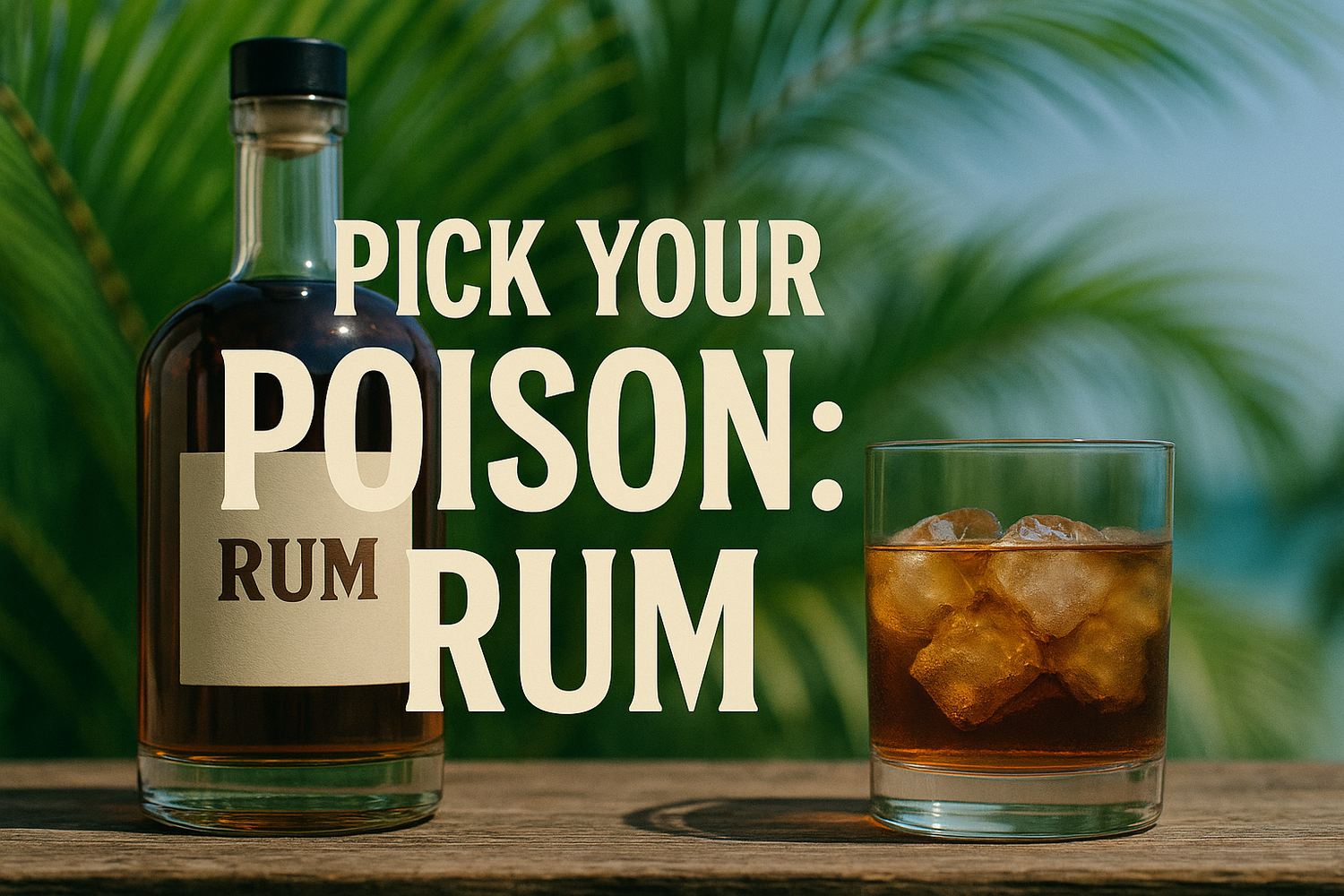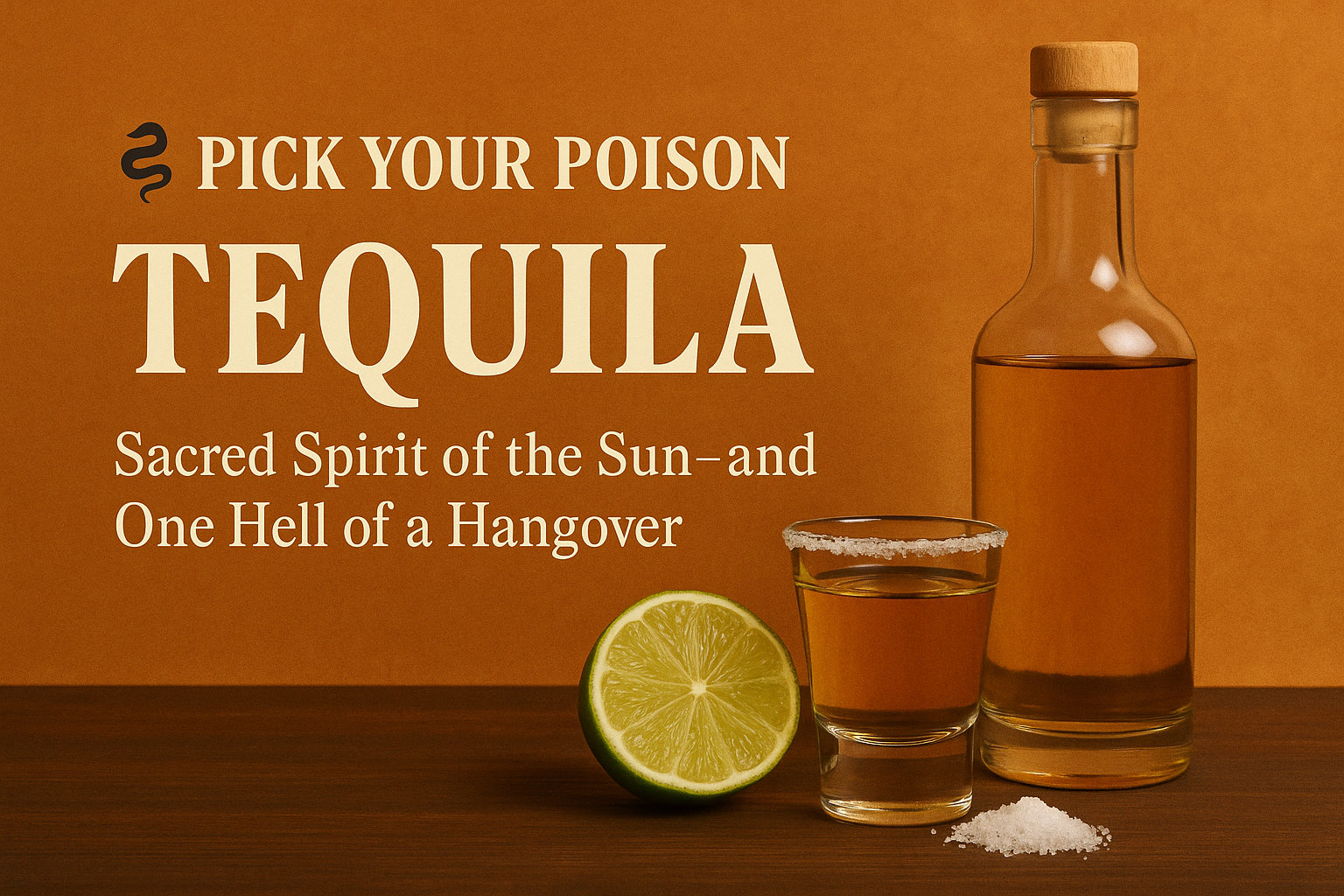Pirates, Plantations, and the Sweet Burn of History
Rum might taste like a beach vacation, but its backstory is anything but relaxing. Beneath the tiki drinks and tropical branding lies a liquor born from colonialism, rebellion, and—like all spirits—biochemical betrayal.
Rum’s Rough Start![]()
Rum traces its roots back to the Caribbean in the 1600s, where sugarcane plantations were booming—and brutal. Enslaved people discovered that molasses, a byproduct of sugar production, could be fermented and distilled into alcohol. Plantation owners soon realized they had a new moneymaker.
By the 1700s, rum was currency, comfort, and chaos—fueling the Atlantic slave trade and quenching the thirst of pirates, sailors, and colonists alike. It’s been called the “liquid gold” of the Caribbean, but its golden age was soaked in blood.
Sweet and Deceptive
Rum is made from either sugarcane juice or molasses, giving it a rich, sweet profile that masks its punch. Whether it’s dark, gold, or white, rum slides down easily—especially in cocktails like mai tais or daiquiris. But that sweetness? It’s a trap.
Because underneath that brown sugar glow is the same toxic culprit: ethanol. And once your liver starts breaking that down, you’re stuck dealing with acetaldehyde—the nasty compound that causes inflammation, nausea, and that charming next-day “rum regret.”
Rum Myths (and Mistakes)
There’s a myth that darker rums are “stronger” or “healthier.” Truth is, coloration usually comes from aging in barrels or added caramel—not some magical property. Whether it’s white rum from Puerto Rico or dark spiced rum from Jamaica, your liver doesn’t care. It still sees poison.
Where Antivenom Comes In
Rum is a drink with a past—and a powerful punch. Antivenom isn’t here to ruin the fun; it’s here to back up your biology. By helping your body manage alcohol’s toxic byproducts, restoring gut balance, and supporting hydration, it gives you a better shot at waking up clear-headed—no parrot, peg leg, or pirate hangover required.
Because just like rum, your body has a history. Let’s treat it right.




Leave a comment
This site is protected by hCaptcha and the hCaptcha Privacy Policy and Terms of Service apply.